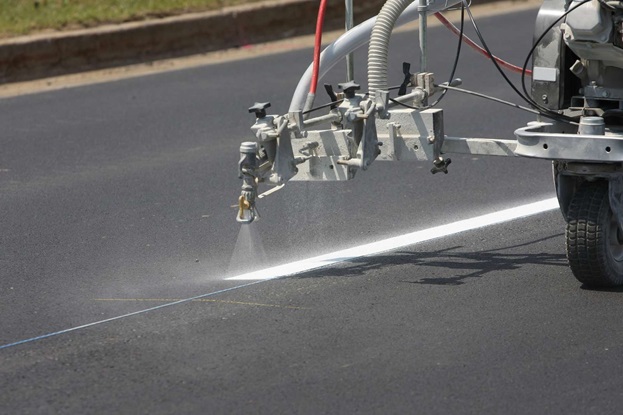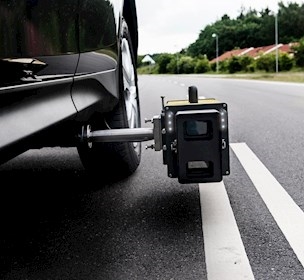Standards for road marking visibility ensure safe driving
Geveko Markings use standards to ensure their road markings are highly visible for motorists in order to improve road safety.
Road markings and road signs are very important for safe traffic on the roads, not least after sunset and when it rains. On a dark and rainy evening, it is important that the motorists can orient themselves on the dark and wet road using the road stripes. This places heavy demands on the quality of road markings.
Geveko Markings, a leading supplier of road markings, is focusing a lot on the quality of road markings and ensures that their products comply with the standards and requirements in force.
Toni Ogemark, Product Line Director at Geveko Markings, who participates in European and international standardisation committees, says: “The standards are essential to Geveko and form the whole foundation of our business. Especially, EN 1436 is an important standard for us to follow.”
The standard DS/EN 1436 for ‘road marking materials’ specifies functional requirements for road markings and measurement methods to evaluate the performance of road markings.

Measuring road marking visibility
DELTA RoadSensor, part of FORCE Technology, has extensive expertise in measuring light and retroreflection. The light and optics specialists have technical knowledge about how road markings and road signs function and how to measure their performance – a knowledge that comes into play in their standardisation work.In the national and European standardisation work, that DELTA participates in, they help to evaluate and write the content of measurement technological standards, according to which the road marking measuring devices must measure. They also follow the standardisation work of ASTM International, which publishes US standards used in many parts of the world.
”It is important that DELTA participates in the standardisation work for road marking performance so that they obtain updated knowledge of standards and measurement technology in the field and can pass on knowledge to customers about correct measuring of road marking visibility,” says Toni Ogemark.
Among DELTA’s customers, there are many local road authorities responsible for the safety and maintenance of the road network – including the road markings.
Self-driving cars follow the course of the road
With self-driving vehicles becoming more common, the need for high-quality road markings has never been greater. The vehicles are automatically controlled by inputs from sensors detecting the road markings and the course of the road, and their control system highly depends on being able to see the road markings – otherwise, the system will not work. It is therefore essential that the road markings are visible and of high quality.Currently, the standardisation committees work on preparing standards that take this new technology into account.
”Looking forward, the standards must take into account how self-driving vehicles function. Especially, if the car sensors detect retroflection differently compared to the human eye. It will be exciting to follow the development of these standards,” says Toni Ogemark.



